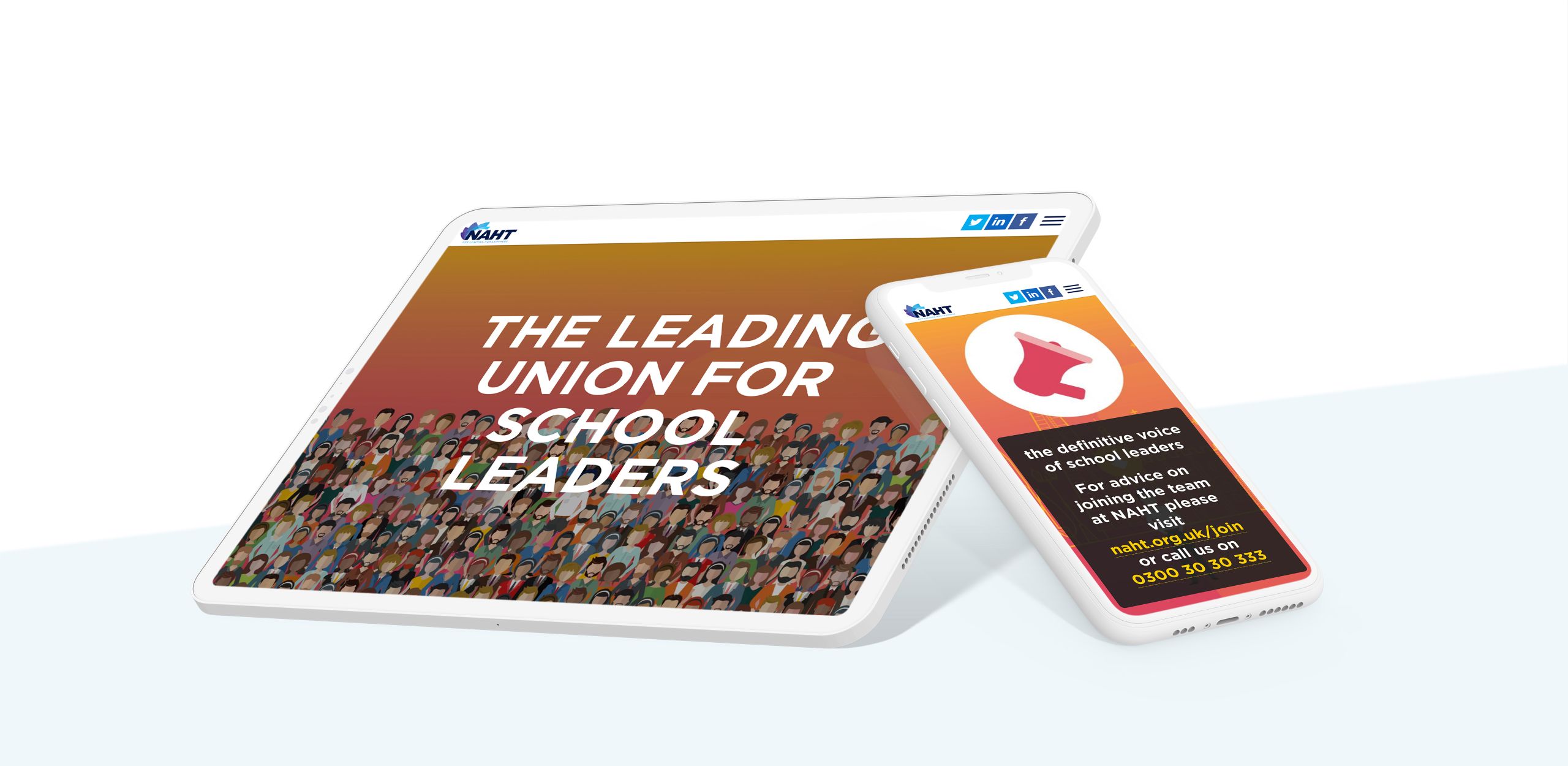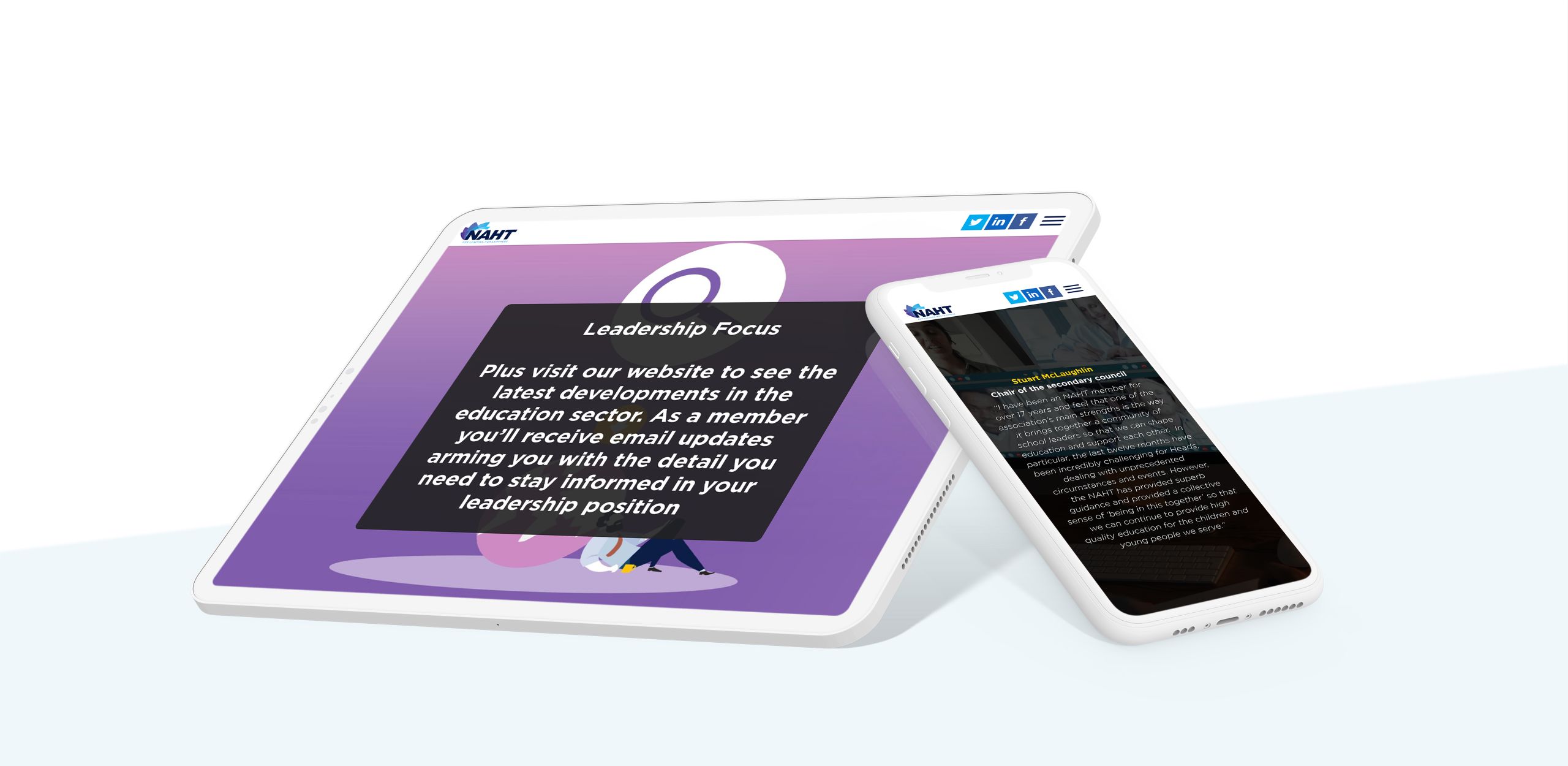Content strategy for nonprofits

You know that your nonprofit has stories to tell. World-changing stories. Stories that no one else can share. But you’re still bogged down trying to figure out your strategy. Sound familiar?
by Corinna Keefe
Content strategy and planning are tough for nonprofit organisations. You have the kind of inspirational material that for-profit businesses can only dream of… but your goals and resources are a little more complicated.
Most blogs about content marketing strategies will talk about having a clear sales plan, knowing your customers’ pain points, and maximising the return on investment. But those ideas don’t fit neatly into the marketing plan for a nonprofit. You don’t solve problems for your target audience; instead, you’re asking for their support. And while you need to get plenty of value for money, profit isn’t your highest goal.
This guide to content strategy is designed for nonprofit marketing teams. We’ll look at:
What do the BBC, Tripadvisor, and Penguin have in common?
They craft stunning, interactive web content with Shorthand. And so can you! Create your first story for free — no code or web design skills required.
Sign up now.

What exactly is a content strategy?
A content strategy outlines how an organisation will use content to achieve its objectives. The purpose of a content strategy is to make sure your content marketing efforts — everything from blogs and guides to podcasts and videos — have a clear, measurable purpose.
Too often, content teams are juggling budgets, deadlines, and people, which can feel like being stuck on a hamster wheel. It can be easy to lose sight of the original purpose of your content. Before you know it, you’re scrambling to publish three blog posts a week, with absolutely no idea of what’s in them or who’s going to read them.
Your content strategy is what helps you stay on track. With an effective content strategy in place, every piece of content has to answer a specific purpose in a specific way.
A solid strategy includes planning for the future, acting in the present, and looking back at past results to see what worked. It should clarify why you’re creating content and how you’re doing it.
Your content strategy should answer the following questions:
- What goals are you trying to achieve with your content?
- How can you measure those results?
- Are you using budgets and resources in the most effective way possible?
- Are you playing to your team’s strengths?
- Is your content production sustainable?
- Does your content marketing play well with the overall strategy?

Why your nonprofit needs a content strategy
Your strategy will help you maximise your resources, create more purposeful content, support your fundraising, engage your community, and build authority.
1. Get the most from your resources
According to Ann Gynn, a specialist in strategy at the Content Marketing Institute, “a comprehensive program, rather than one-off activities, will make better use of human and financial resources”. When you understand which content is most effective, and you have a plan for producing it, then you can target your spending and working hours accordingly.
2. Create content with a purpose
Planning on a large scale enables you to think about the overall message you’re sending. Each case study, annual report, and interview becomes another chapter in your story. That’s more engaging for readers, and it helps to build your case over time.
3. Support fundraising efforts
You can use content to show the real impact of fundraising and donations. Not only will this inspire new donors – it also reassures existing donors that their money is being used in a meaningful way.
4. Activate your community of readers and donors
You don’t just create content for page views. It’s there to be read, considered, shared, discussed, and acted upon. When you create great content, you give your community something to work with: content that they want to pass on to their friends, family and colleagues.
5. Build authority
In the nonprofit world, connections and partnerships are everything. High quality content can burnish your reputation and act as a calling card with other organisations in your niche.

What to include in your content strategy
Every nonprofit is different. As a nonprofit content marketer, you’ll already be aware of what makes your organisation unique — both its strengths and its limitations. So we’re not going to get into specific tactics here.
However, we can say a few things on the strategic level. Every nonprofit content strategy needs…
A link to the overall nonprofit strategy and mission
You should be able to explain the purpose of every last piece of content. One way to keep your goals in sight is to write a mission statement for your content, clearly connected to your organization's mission. Remember, at this level we’re talking about strategic goals, not the nitty-gritty tactics. You should explicitly connect your content strategy to your broader marketing goals and messaging strategy.
Your plan for research
Content creation is like an iceberg: the stuff that gets published is just a tiny percentage of the work. A vast mass of research lurks beneath the waters. Your strategy should include a plan to research new content formats, story ideas, digital marketing developments, and industry trends.
Your target audience demographics
When you know who you’re writing for, everything else falls into place. Invest some time into understanding your audience — and update your knowledge regularly. Think about who they are, what kind of content they enjoy, and where they find it. Make sure you back up your ideas with hard data: content interactions, web analytics, and reader surveys are all good places to start.
A list of goals, OKRs or KPIs
Just to remind you, that’s Objectives and Key Results and Key Performance Indicators. The specific acronym your team uses is less important than having some way to measure results. A comprehensive content strategy will lay out your basic expectations, set achievable goals, and choose a metric for success.
An assessment of content channels
There are a million ways to publish content, and someone invents a new method every day. So you can’t cover everything. Use your content strategy to set priorities and explain why your chosen channels are important. The ideal form of content is one that fits your resources, appeals to your target audience, and gives you space to make something truly original.
Some examples of channels include search engine optimised guides, landing pages for marketing campaigns, reports, social media threads on Twitter or LinkedIn, webinars, infographics, email marketing, podcasts, and videos. You can't do everything, and your strategy should emphasise what you're not doing, as much as what you are doing.
An assessment of your resources
You should include a realistic assessment of what you need to create a piece of content — including time, technology platforms, and budgets. Most nonprofit content teams have fewer than five people, but you can do a lot by outsourcing to freelancers or digital agencies, and investing in digital content platforms that allow you to operate at scale.
Workflows for each content type, including approvals
Once you have your audience, goals, resources, and content channels in mind, that’s all the information you need to design a workflow. A well-documented workflow makes it easier to meet deadlines, bring new people onboard, and keep a consistent level of quality across your content.
A content calendar
This is key to your nonprofit content marketing. Just like workflows, a content calendar — otherwise known as an editorial calendar — might seem like yet more admin, but it can make your life a lot easier. Plan at least a quarter in advance so that you can spread out deadlines and keep up a steady flow of new content. With your calendar planned out, you’ll have the mental space to produce time-sensitive content (such as emergency response campaigns) on the fly.
A plan for distribution
Content is no good unless someone sees it. So how will your content get out there? At this point, it’s worth looking back at your list of content channels. A good piece of content can usually be reshared and repackaged across several platforms. There should be a distribution plan in place for each piece of content before it gets anywhere near publication.
A measurement and reporting system
One of the biggest challenges for content marketers is proving the value of what they do. In a nonprofit with a tight budget, that challenge is even greater. Make sure you set up and measure the impact of your work. The specific method of reporting varies depending on the types of content you are producing. For some types of content, data from Google Analytics will suffice. For other channels, you may be tracking social media shares, downloads, or more sophisticated funnels using analytics platforms like Mixpanel.
Regardless of your tools, measuring and reporting on your content will help you show how it supports strategic goals. That data also feeds back into content production itself. Over time, you’ll be able to see which formats, topics, and distribution channels work best.

5 tips for successful nonprofit content strategies
So far, we’ve covered the basics. There’s a lot left for you to fill in: from your marketing team’s content capacity to your unique goals and tactics.
But here’s a little more inspiration. After looking through some of the amazing content created with Shorthand, there are 5 things that stand out about the highest-performing nonprofits.
1. Insist on quality
As the internet gets busier, standards for content are getting higher. You need something really special to stand out. Every element of your content is important: from the research behind it, to the planning and writing, to the design and interactive elements on a webpage.
For an example of the next level of nonprofit content on the web, check out this landing page from the National Association of Head Teachers. It’s a straightforward topic, making the case for head teachers to join the union. But every detail is designed to grab your attention, uplift you, and show the NAHT’s unique approach.


If you’re only just getting to grips with content strategy, then there’s also an element of 'fake it 'til you make it'. Create visual content that looks professional, well-resourced and original, and you’ll attract more of the same.
2. Do less, better
If creating content seems overwhelming, then pause for a minute. Step back. Do less.
It’s far more effective to produce one brilliant piece of content than ten lacklustre projects that are never really finished. You work at a nonprofit, not a daily newspaper. It’s OK if you don’t have something to publish every single day.
By focusing on quality over quantity, you may eventually be able to build the capacity for more content. If you produce great work, you can make the case for more investment within your organisation. Flawless content can attract more attention from potential donors and partners, giving you more resources to work with.
3. Stay with your strategy
Let’s say you’ve been working with your new content strategy for a few months. Things are going great. Your team is working more efficiently and web traffic is up.
And suddenly… everyone wants to work with you. Everyone’s got an idea for a new article, video, or event.
This is where it’s important to have a written strategy. While suggestions are always welcome, every idea should fit in with your strategic goals. If you can’t explain in one sentence what a piece of content does, then it’s not a good fit.
That might sound harsh. But the bottom line is: if you want to create amazing content, you have to be picky. Don’t get distracted.
4. Do a content audit
You may not know it — but your best piece of content may already exist.
Once you’ve published something, it’s easy to forget it exists. It’s last year’s project. You don’t really use that platform any more.
But leaving that content to rot is a mistake. Simply checking through old posts and updating them for a new year can give you a huge SEO boost. And old content might be just what you need to grow fast on a new publishing platform.
The best way to tap into old content is to run a full content audit. Make a list of every publishing platform your nonprofit has ever used. Then make a list of all the content: topics, publication dates, design assets, viewing figures. Once you have all that information, you can decide whether to reuse, improve, or scrap each piece of content.
5. Tell the stories that no one else can
Why do you look at content? A lot of the time, we’re searching for something we haven’t seen before.
The best content you produce will be the most original. Look for the stories that no one else can tell, the knowledge that no one else has, the unique angle on an event, trend, or problem.
